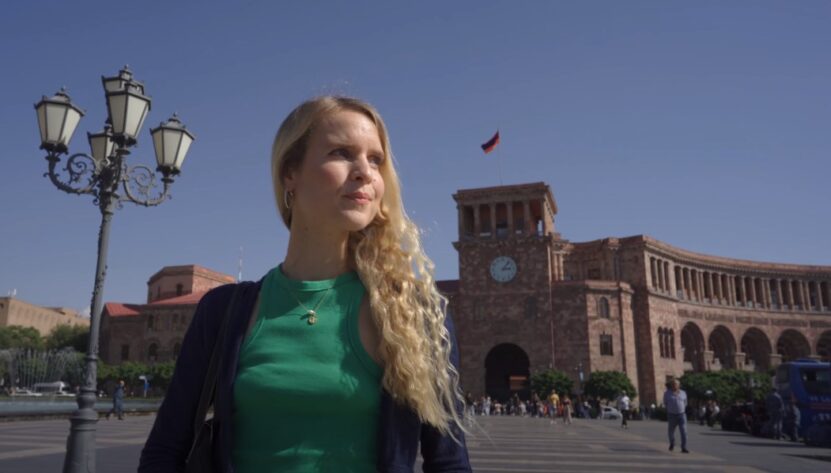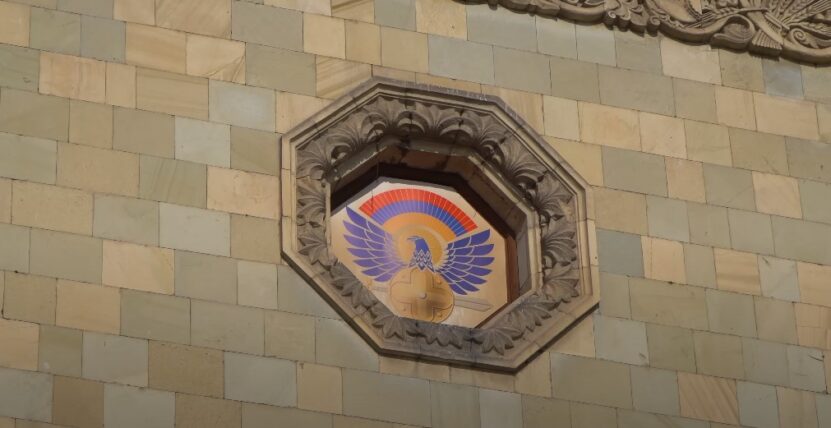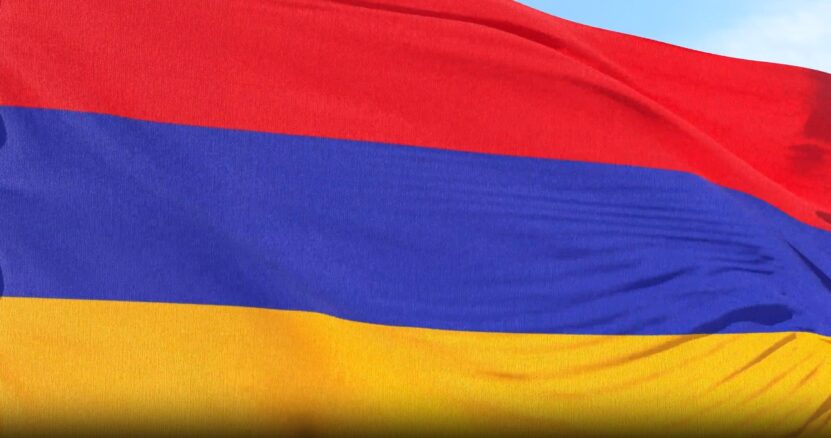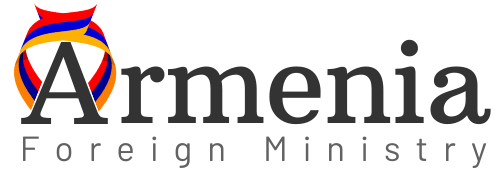Nestled at the crossroads of Europe and Asia, Armenia stands as a beacon of cultural richness and diversity. This nation, with its deep historical roots and complex geopolitical past, presents a fascinating linguistic landscape that is as varied as its history.
The languages spoken here are not just a means of communication but are deeply intertwined with the nation’s identity and heritage. At the heart of this linguistic mosaic is the official language, which encapsulates the unique character of the country.
It’s a language that has evolved through centuries, bearing witness to Armenia’s storied past, from ancient kingdoms to its current status as a proud, independent nation. This language serves as a unifying thread for Armenians both within the country and in diasporas around the world.
The Official Language
At the core of Armenia’s cultural identity lies its official language, a distinctive and ancient tongue that has played a pivotal role in the nation’s history. This language, with its unique alphabet and rich literary tradition, is not merely a tool for communication but a symbol of national pride and unity.
Originating over 1,500 years ago, the language has a storied past. It was first codified in the 5th century, a crucial development that helped preserve the nation’s literature, religion, and history. This ancient script not only served as a medium for religious texts but also became a vehicle for the nation’s rich literary and cultural expressions.
Over the centuries, it has evolved, adapting to the changing times while retaining its unique character. The language’s resilience is evident in its survival and flourishing despite the numerous historical challenges faced by the nation.
From foreign dominations to the modern era, it has remained a steadfast element of Armenian identity. This endurance is a testament to the strength and adaptability of the language and its speakers.
Within Armenia, the language exists in several dialects, each bearing distinct features and nuances. These dialects are not just variations in pronunciation or vocabulary but are reflections of the diverse regions and histories within the country. From the highlands to the valleys, each dialect carries with it a piece of local history and cultural identity.
Minority Languages

Russian, as a significant minority language, holds a special place in Armenia’s linguistic tapestry. Its prevalence is a legacy of Armenia’s past as part of the Soviet Union. Today, Russian is widely spoken and understood, serving as a lingua franca for different ethnic groups within the country. It is commonly used in business, education, and media, reflecting the strong cultural and economic ties between Armenia and Russia.
Another important minority language is Kurdish, specifically the dialect spoken by the Yazidi Kurdish community. This group, with its distinct cultural and religious traditions, adds a unique dimension to Armenia’s ethnic landscape.
The Kurdish language in Armenia is a symbol of the Yazidi community’s resilience and their important role in the nation’s cultural diversity. Other minority languages include Assyrian, Greek, and a few others, each with its own historical significance and cultural context.
These languages are not just remnants of past migrations or historical events; they are living elements of Armenia’s present-day society. They represent the diverse ethnic threads that are woven into the fabric of the nation. We also have to mention the diversity related to religions in this country.
Foreign Language Influence

English and French are becoming increasingly prominent, particularly among the younger generation and in urban areas. English, in particular, has gained significant traction as a language of international communication, business, and technology.
Its growing popularity is evident in the educational system, where it is often taught from a young age, reflecting the country’s forward-looking stance and its aspiration to connect with the wider world.
French, while less widespread than English, also holds a place of importance, partly due to Armenia’s historical and cultural connections with Francophone countries. This connection is reinforced through various cultural exchanges and educational programs, further embedding the French language within the Armenian context.
The influence of neighboring countries also plays a role in the linguistic diversity of Armenia. Languages such as Persian and Georgian, though not widely spoken, have left their imprint due to historical and regional ties. These languages, while not predominant, are part of the intricate linguistic weave of the nation.
Moreover, the rise of digital platforms and social media has further accelerated the penetration of foreign languages into Armenian society. The internet has become a gateway to a world of information, and fluency in global languages like English enables Armenians to access, engage with, and contribute to this vast digital landscape.
Language Preservation Efforts

The government plays a key role in these preservation efforts. Policies and initiatives are in place to ensure that the primary language, as well as minority languages, are maintained and promoted. This includes support for educational programs, cultural events, and media in these languages, which are essential for their survival and flourishing.
Cultural initiatives, such as festivals, exhibitions, and publications, play a significant role in language preservation. These events celebrate the linguistic diversity of Armenia, showcasing the richness of its various languages and dialects. They also serve as platforms for speakers of minority languages to express their cultural heritage and for others to learn and appreciate these linguistic traditions.
Media representation is another vital aspect of language preservation. Television, radio, and online platforms in different languages ensure that these linguistic communities have access to content in their native tongues. This media presence not only keeps the languages alive but also integrates them into the daily lives of the people. The Armenian diaspora also contributes significantly to the preservation of the primary language.
Armenian communities around the world strive to keep their linguistic heritage alive through schools, cultural organizations, and media. This global network plays a crucial role in maintaining the language and culture, especially among younger generations born outside of Armenia.
FAQs
Is English widely understood in Armenian tourist areas?
Yes, English is increasingly understood in Armenian tourist areas, especially in major cities and popular tourist destinations. Younger Armenians and those working in the tourism sector are more likely to speak English, making it convenient for English-speaking tourists.
Are there any initiatives to teach Armenian language abroad?
Yes, there are several initiatives to teach the Armenian language abroad, particularly in countries with significant Armenian diaspora communities. These include language schools, cultural organizations, and online courses aimed at preserving the language among Armenians living outside their homeland.
How does the Armenian education system accommodate minority languages?
The Armenian education system accommodates minority languages by offering bilingual or multilingual education in areas with significant minority populations. Schools in these regions often teach in both the Armenian language and the respective minority language, ensuring linguistic and cultural preservation.
Are there any radio or TV channels in Armenia that broadcast in minority languages?
Yes, there are radio and TV channels in Armenia that broadcast in minority languages, particularly in Russian and Kurdish. These channels cater to minority communities and play a crucial role in preserving and promoting their languages and cultures.
How has globalization affected the linguistic landscape in Armenia?
Globalization has significantly influenced the linguistic landscape in Armenia, primarily through the increased prevalence of English as a language of international communication.
Last Words
The primary language, with its ancient roots and unique script, stands as a symbol of Armenian identity and unity. It is more than just a means of communication; it is a living repository of the nation’s history, literature, and culture. The preservation and promotion of this language are central to maintaining the Armenian cultural legacy.

